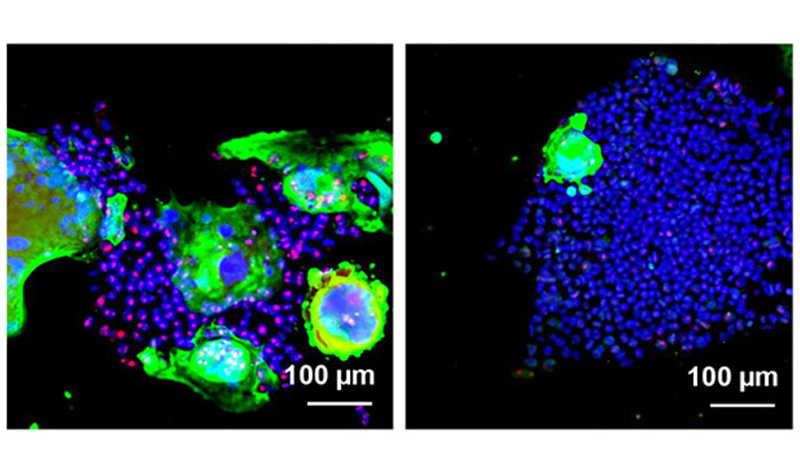
News & Events
News & Events
News
October 31, 2022
An important host factor in SARS-CoV-2 infection, identified using iPS cell and organoid technology
Most COVID-19 therapeutics target the SARS-CoV-2 proteins. Because the viral proteins acquire genetic sequence mutations, the emergence of new variants has a risk to make the drugs ineffective.
The analyses of host factors essential for SARS-CoV-2 infection in previous studies have focused on receptors and proteases, such as ACE2 and TMPRSS2, while other host factors have not been investigated sufficiently.
In this study, Dr. Takayama and his colleagues first predicted that EXOC2 is particularly important for SARS-CoV-2 infection based on previously published data from genetic analyses (CRISPR screening and RNA-seq analysis). They confirmed that suppression of EXOC2 expression by the CRISPR interference system reduced the efficiency of SARS-CoV-2 infection, using ACE2-expressing iPS cells and airway organoids. The team also found that the decrease in SARS-CoV-2 infection efficiency by suppression of EXOC2 expression was mediated by increased expression of IFNW1.
These results indicate that EXOC2 is an essential host factor for SARS-CoV-2 infection and that regulation of EXOC2 and IFNW1 expression may lead to develop new treatments for COVID-19.
The results of this study were published online in iScience on October 22, 2022.

Immunofluorescence analysis of SARS-CoV-2 N protein (green) and EXOC2 (red) in EXOC2 knock down iPS cells. Nuclei were counterstained with DAPI (blue).
Paper Details
- Journal: iScience
- Title: Exocyst complex component 2 is a potential host factor for SARS-CoV-2 infection
-
Authors: Renxing Yi1, Rina Hashimoto1, Ayaka Sakamoto1, Yasufumi Matsumura2, Miki Nagao2, Kazutoshi Takahashi1, Kazuo Takayama1,3*
*:Corresponding authors - Author Affiliations:
- Center for iPS Cell Research and Application (CiRA), Kyoto University
- Department of Clinical Laboratory Medicine, Graduate School of Medicine, Kyoto University
- AMED-CREST, Japan Agency for Medical Research and Development (AMED)






















